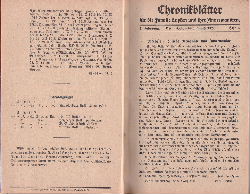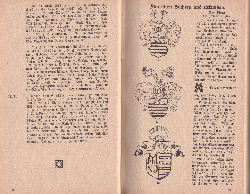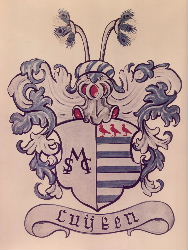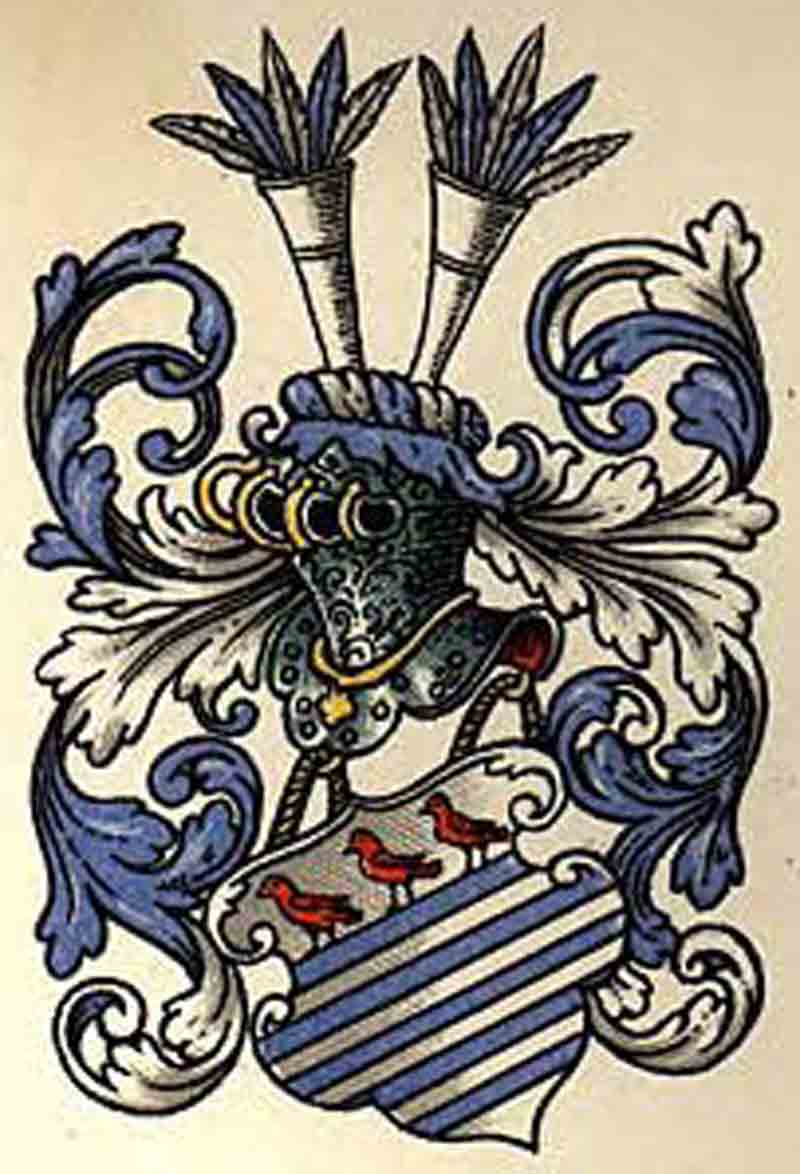Luyken Family Association
Family Bulletin 1922 (Volume I)
|
• Name index • Index family bulletin • Family bulletin 1921 • Family bulletin 1923 • Home • Contact • German Ludwigshafen, 15.12.2015 |
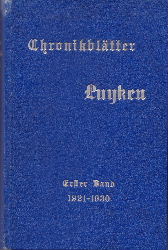
|
|
Page: 48 49 50 51 52 53 54 55 56 57 58 59 60 61 62 63 64 65 66 67 68 69 70 71 72 73 74 75 76 77 78 79 80 81 82 83 84 85 86 87 88 89 90 91 92 93 94 95 96 97 |
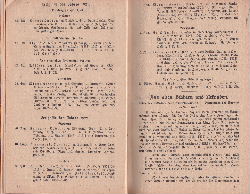 Pages 50 - 51 Top |
Page 50
(Yet to be translated) Page 51
(Yet to be translated) |
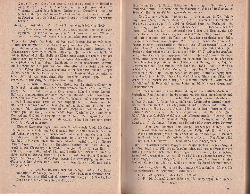 Pages 52 - 53 Top |
Page 52
(Yet to be translated) Page 53
(Yet to be translated) |
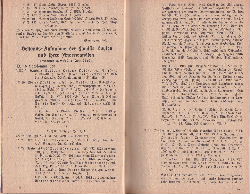 Pages 54 - 55 Top |
Page 54
(Yet to be translated) Page 55
(Yet to be translated) |
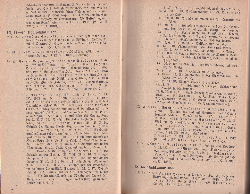 Pages 56 - 57 Top |
Page 56
(Yet to be translated) Page 57
(Yet to be translated) |
 Pages 58 - 59 Top |
Page 58
(Yet to be translated) Page 59
(Yet to be translated) |
 Pages 60 - 61 Top |
Page 60
(Yet to be translated) Page 61
(Yet to be translated) |
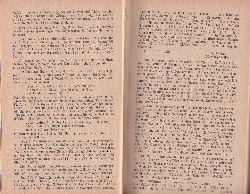 Pages 62 - 63 Top |
Page 62
(Yet to be translated) Page 63
(Yet to be translated) |
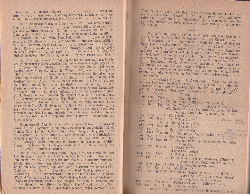 Pages 64 - 65 Top |
Page 64
(Yet to be translated)
(Yet to be translated) |
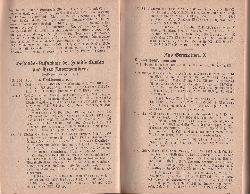 Pages 66 - 67 Top |
Page 66
(Yet to be translated) Page 67
(Yet to be translated) |
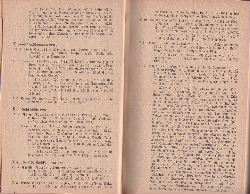 Pages 68 - 69 Top |
Page 68
(Yet to be translated) Page 69
(Yet to be translated) |
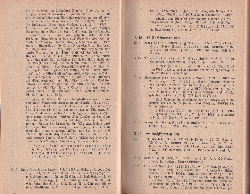 Pages 70 - 71 Top |
Page 70
(Yet to be translated) Page 71
(Yet to be translated) |
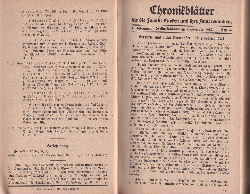 Pages 72 - 73 Top |
Page 72
(Yet to be translated) Page 73
(Yet to be translated) |
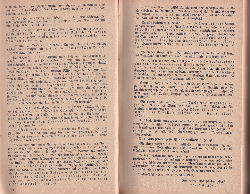 Pages 74 - 75 Top |
Page 74
(Yet to be translated) Page 75
(Yet to be translated) |
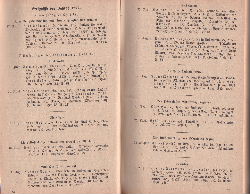 Pages 76 - 77 Top |
Page 76
(Yet to be translated) Page 77
(Yet to be translated) |
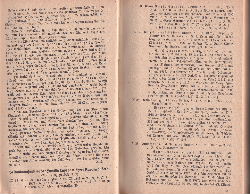 Pages 82 - 83 Top / German |
Page 82
legs of an S and a C, in the second golden field five red longitudinal beams, which are accompanied by an equally colored tournament collar; helmet adornment: two pitched silver buffallo horns,
filled with five golden clover (or leaves) stalks." K. L.
Census of the Luyken Family and its Relatives (corrected as of page 96)
IX 12 Ernst Wilhelm Luyken, * 22.IX.1847 in Wesel,
&dagger, 17.IX.1902 also there, and Anna, née Wever,
* 19.II:1861 in Barmen, currently Wesel, Flutgrafstr. 20. Page 83
(Yet to be translated) |
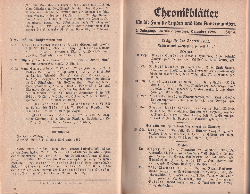 Pages 84 - 85 Top |
Page 84
(Yet to be translated) Page 85
(Yet to be translated) |
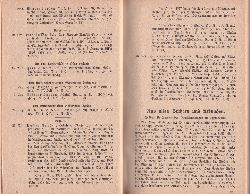 Pages 86 - 87 Top |
Page 86
(Yet to be translated) Page 87
(Yet to be translated) |
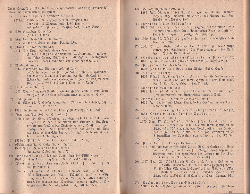 Pages 88 - 89 Top |
Page 88
(Yet to be translated) Page 89
(Yet to be translated) |
 Pages 90 - 91 Top |
Page 90
(Yet to be translated) Page 91
(Yet to be translated) |
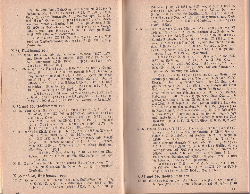 Pages 92 - 93 Top |
Page 92
(Yet to be translated) Page 93
(Yet to be translated) |
 Pages 94 - 95 Top |
Page 94
(Yet to be translated) Page 95
(Yet to be translated) |
 Pages 96 - 97 Top |
Page 96
(Yet to be translated) Page 97 see family bulletin 1923 |
